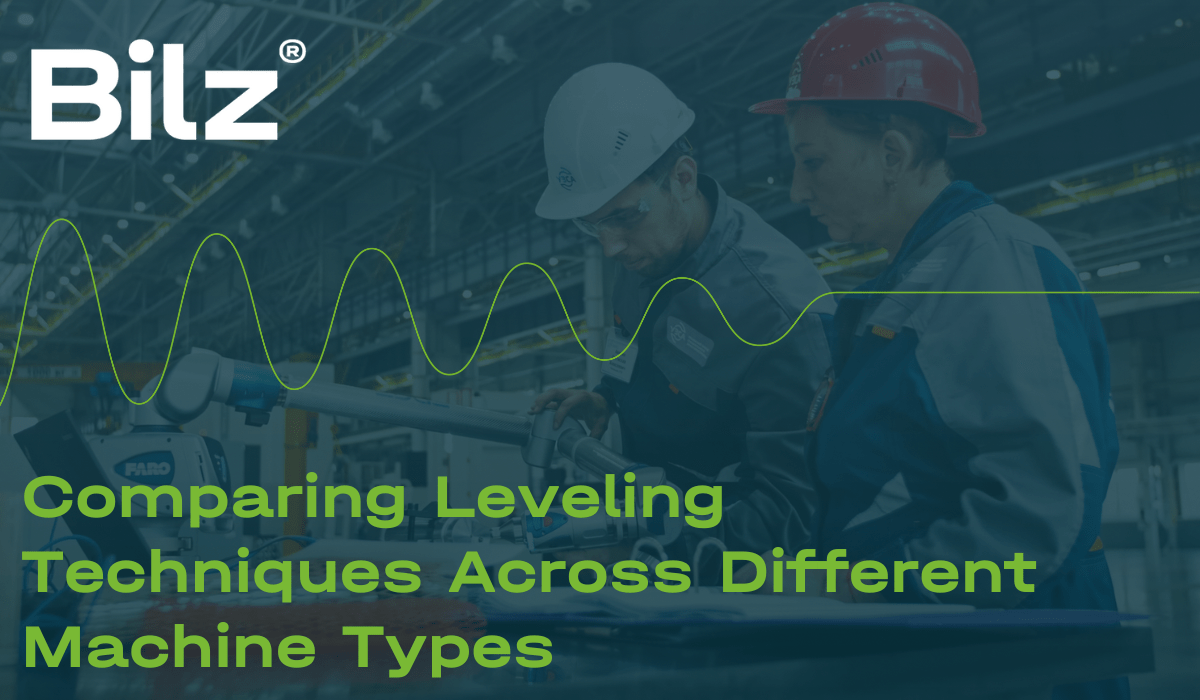

The foundation of precision in manufacturing lies in how well machinery is installed and leveled. Different types of machinery, due to their unique operational characteristics and requirements, demand specific leveling techniques. This blog post explores the nuances in leveling techniques for various machines, such as CNC machines, presses, lathes, and injection molding machines, offering insights into the tailored approaches needed for each.
For CNC machines, precision leveling is critical to ensure accuracy in cutting and machining processes. Even minor deviations can lead to significant errors in the finished product.
Precision levels and laser alignment tools are commonly used for leveling CNC machines. The focus is on both the machine bed and the spindle alignment to ensure that all axes move smoothly and accurately.
Presses exert significant force and, if not properly leveled, can cause misalignment or uneven wear on dies and molds, affecting product quality and machine longevity.
Hydraulic jacks are often employed to lift and level presses, with detailed attention given to the distribution of force. The use of torque wrenches ensures that locking nuts are tightened to specification, maintaining level under operation.
For lathes, proper leveling is essential to prevent deflection and ensure that parts are machined evenly. An unleveled lathe can produce parts that are out of round or have uneven surfaces.
Traditional machinist levels with high sensitivity are used to level lathes, focusing on the bed's alignment. Adjustments are typically made via the machine's own leveling screws, with care taken to avoid twisting the bed.
Leveling is crucial for injection molding machines to ensure even clamping force across the mold. Uneven clamping can cause defects in molded parts and excessive wear on the machine.
Leveling involves adjusting support feet or wedges under the machine to achieve a level state. Hydraulic jacks may be used for initial lifting, with precision levels guiding the final adjustments to ensure even force distribution during operation.
The technique and attention to detail required in leveling machinery vary significantly across different types of equipment. Understanding these nuances is crucial for maintaining operational efficiency, product quality, and machine longevity. By employing the appropriate leveling techniques for each machine type, manufacturers can ensure their operations run smoothly and efficiently, with minimal downtime and maximum output quality.